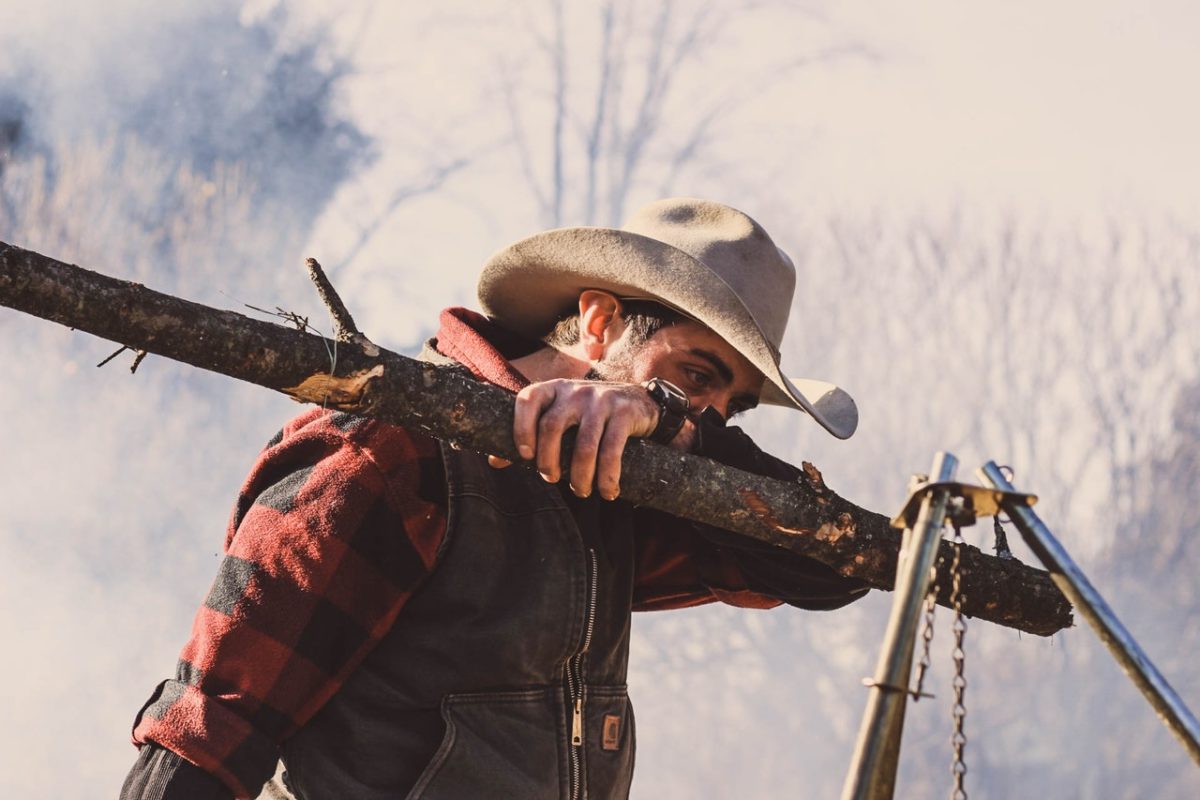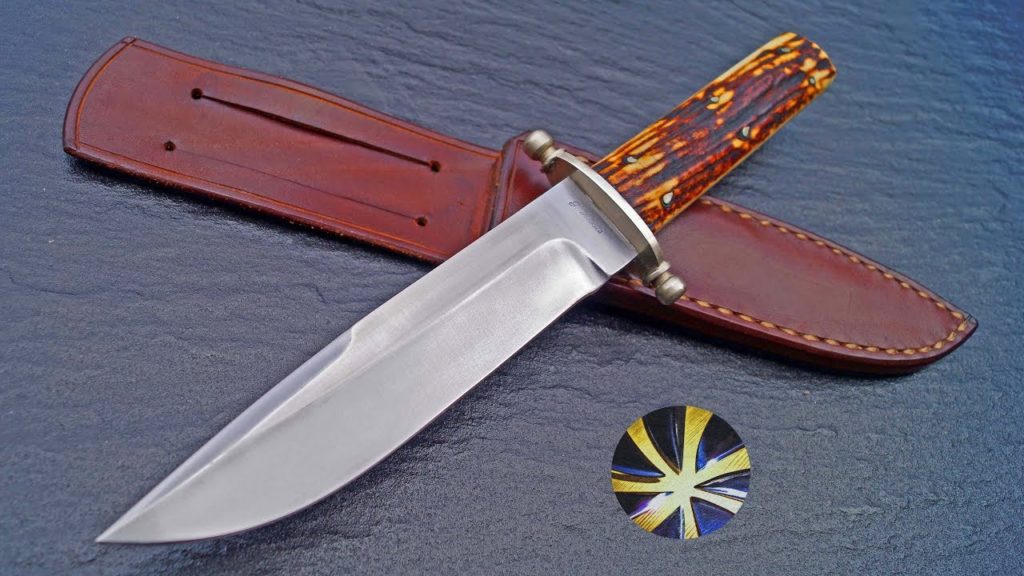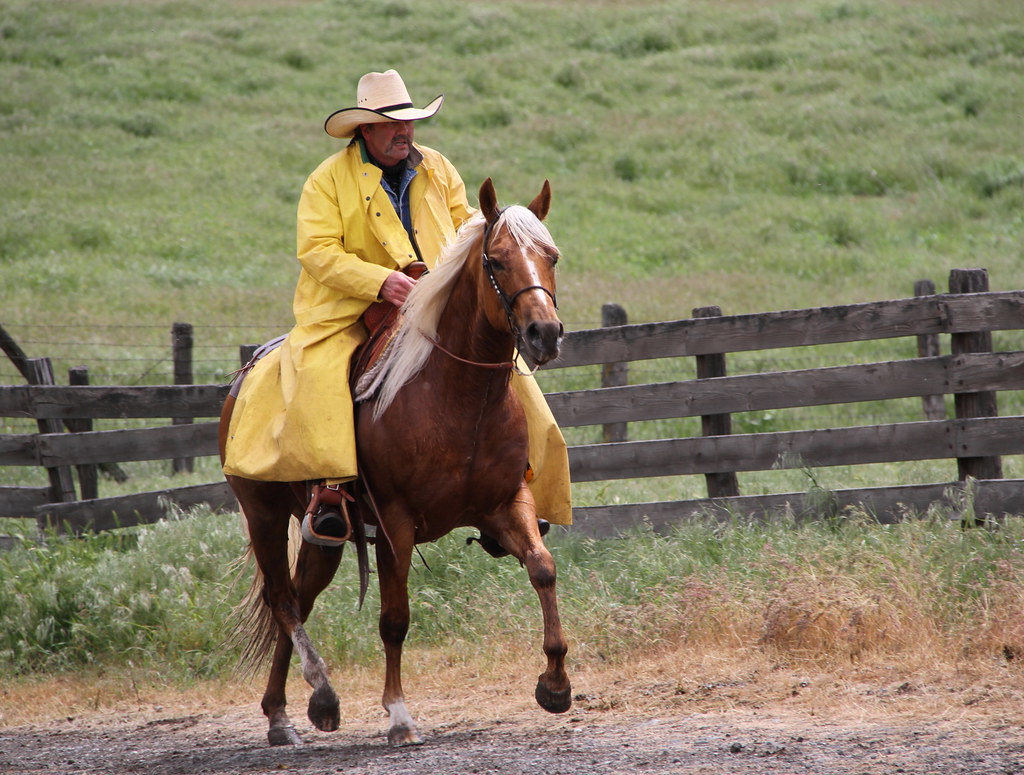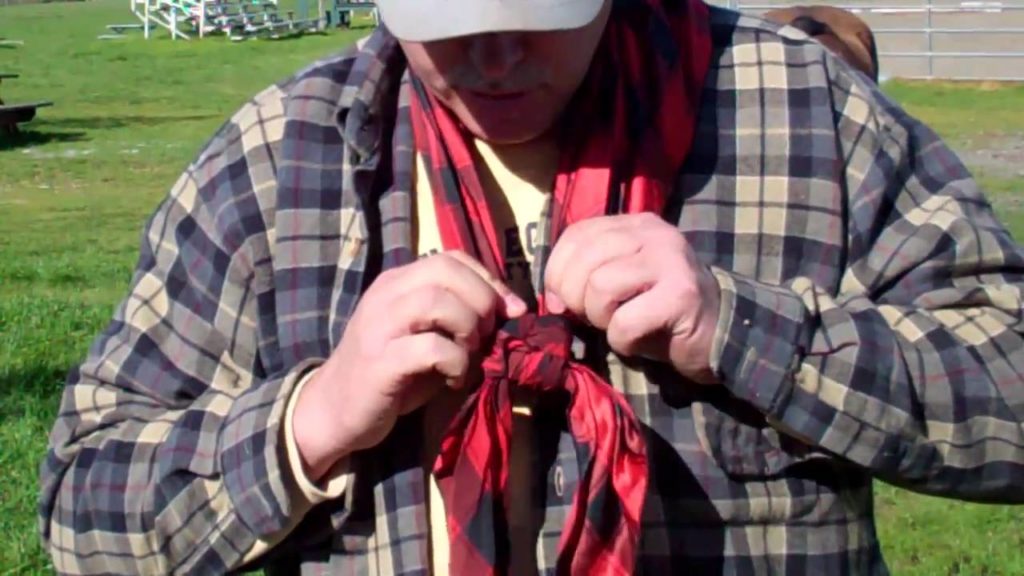
‘Couple of days ago I was at home watching this movie about Cowboys and Indians. Great flick (Dances with wolves, it’s called), great actors – all in all, two hours well spent.
Why cowboys, Indians, and frontiersmen, you ask? Well, without getting into many details, the image of the tobacco-spitting, gun-slinging, man-of-fortune, which Hollywood was kind enough to sear into our retinae, it’s not quite what you would call representative.
In fact, life in the Wild West was not that wild – the village fool wasn’t made Marshall and trains weren’t robbed on a daily basis. Still, papa Hollywood did get one thing straight; life was pretty rough, meaning that the man had to do what a man had to do in order to pull through and to make a name for himself.
And then it struck me – cowboys weren’t those guys in goofy hats and chaffing pants, but the first preppers. The same thing could also be said about all those great and brave men who wore the shoes or rather the hat of David Crockett. Yes, those gun-toting maniacs were, indeed very knowledgeable when it came to surviving; you had no choice back then. One mistake, and it was curtains for you.
Anyway, in doing a bit of research on cowboys and frontiersmen, I stumbled upon something very curious – those guys were packing, and I’m not talking about guns here. Imagine that those goofy outfits had a reason for being that way; more pockets and satchels means more space to store things.
And, let me tell you – those guys really knew a thing or two about what I like to call carrying smart. So, history lesson aside, let me show you what I learned about packing from cowboys and frontiersmen. Without further ado, here are 7 objects 19th-century preppers carried in their pockets to survive.
- Knife

You thought I was going to start my list with the old six-iron, didn’t you?. So, about the knife – everybody was carrying one, regardless if he was Marshall, bank robber, saloon keeper or the town’s drunkard. Why? Because it was very useful for a lot of stuff like skinning game, splitting wood, cutting leather, and, of course, self-defense. Most 19th-century cowboy knives had a six-inch blade and were made from steel, not the stainless variety though.
Still, they were quite sturdy, mostly because all of them were made in a smithy and from cast steel. I even read somewhere that the WW1 bayonet design (the one with the groove running along the blade’s length) was mostly inspired by the bush knives carried by cowboys and frontiersmen alike.
One of the things I liked about these types of knives is the sheath – made from tanned skin and looks awfully cool. Tried making one for one of my SOG knives. I’ll tell you all about in another article.
2. Bedroll

Now, this is an interesting piece of history. For most people, bedrolls are just pieces of cloth filled with hay or something. But they’re actually more than that. In doing a bit of research into Wild West survival items, I found out that bedrolls were, in fact, multi-layered.
So, you had two outer layers, which were made from rubberized tarpaulin. These were the ones that prevented direct contact with the ground. And, when rolled up, they also prevented the inside layers from getting wet. But wait, there’s more. Apart from the exterior tarpaulin layers, the bedroll had three or four inner layers made from the quilt. They were also called sougans. As I came to understand, all four inner layers added padding and extra insulation, especially during those cold, windy nights.
Yes, you can say that the bedroll, which was, by the way, carried on the back of the saddle or tied up to a rucksack, is, in fact, the ancestor of the sleeping bag. Possibly not as comfortable or easy to carry as nowadays bags, but hey, at least they didn’t have to sleep on the bare ground.
If you go thinking that this went out of fashion along with cowboys, you would be mistaken. Seeing that there are so many people out there ready to pay a fortune to live like a true 19th-century outdoorsman, some companies have actually rebooted the bedroll (check out Smith & Edwards Co. if you’re interested in going retro).
3. Canteen

Times may change, but canteens stay the same. There’s no denying in the fact that a canteen is one of the most important pieces of survival gear, regardless if your Crockett’s disciple or someone with an acquired taste for off-grid living.
I remember the stories my grandma used to tell me about how the French soldiers used canteens for virtually anything during WWI. There’s this one that always makes me chuckle. Apparently, during the battle of Somme, considered to one of the bloodiest in the history of modern warfare, one of those clunky Mark V tanks froze shut one night. Neither the engineers nor the crew could get the thing open.
And so, to prevent the guys inside from dying of thirst, some soldiers came up with the idea of getting water and wine through the tank’s main gun barrel. Long story short, they’ve raised the barrel high enough for them to pour water through it.
The soldiers at the other end just had to hold their canteens in front of the loading hole until they filled up. According to grandma, they kept doing this thing for a couple of days straight, until someone came up with the genius idea of blasting open the hatch with a hand grenade.
Anyway, long before WW1, canteens were in very high, mostly because they doubled up as booze holders. Interestingly enough, back then, the canteens were much bigger compared to the ones used today and made from tough materials such as steel or cast iron.
Apparently, most of them were able to hold a gallon of water or liquid. Ingenious and resourceful as they were, they even came up with a way of cooling down the water even in the scorching sun. Before blazing the trail, the Cowboys would soak a cloth, which they would wrap around the canteen. The evaporation process would prevent the water’s temp from going up. Neat, right?
4. Tinder Box

There’s something that will give just about any prepper a run for his money. Let’s get one thing straight, though – there were matches back then, but were so expensive that most outdoorsmen would often save them for trading.
However, they did have a nifty way to start a fire – the so-called tinder box. Basically, it was a weather-proof box which contained several dry pieces of wood or thin steel wool and a flint. To start a fire back then, you would have had to use your knife on the flint for sparks. Yes, I know – simple, stupid, yet very effective.
You can create a cowboy-style tinder box using char cloth and a little piece of flint. I made one at home using an old tin matchbox found in grandma’s chest of wonders. And, because I’m kind of a nutcase when it comes to B.O. Bs, I placed this one in my heavy-duty bug out bag, along with a magnesium rod, weather-proof matches, and a Zippo lighter.
5. Slickers

Yes, I know they look cool as shit, but that’s hardly the point. Back then, there were no water-repellant ponchos or raincoats. So, cowboys had to rely on the so-called slickers, which were basically, a long coat made from rubberized or tarred canvas.
Some models even came with hoods, but they were not that sought out since our outdoorsmen relied on them hats most of the time. Slickers were great at keeping the water as far away from the skin as possible, but they also doubled-up as winter clothing. And, of course, it was far easier to pack a lever-action under a slicker that on your back.
6. Bandannas

Also called wild rags or mascadas, the long pieces of cloth were useful for a lot of things, not just to conceal one’s face during a brazen heist. During the cold months of the winter, outdoorsmen would use their bandannas as scarves.
If the firefight got out of control, the brave desperado could use the bandana to spot the bleeding. Also, quite handy when it came to manual labor. For instance, farmhands would wrap their wild rags around the hands to prevent sores or even bleeding when working with the plow or pulling on ropes.
Since water filtration gadgets came long after the Wild West era, our frontiersmen had to improvise. The bandana, albeit ineffective, was sometimes used to remove chunks of dirt or rocks from puddles or other water sources. And because smelling like the insides of a dead horse would have gotten you thrown out even from the most decrepit watering hole, these bandanas would have been used as sponges or washcloths.
7. Coffee Pot

Of course, I can’t help myself from saying a thing or two about coffee and caffeine. Back in the days of the Old West, a cowboy’s most treasured possession besides his shooting iron was the coffee pot. You may laugh now, but back then a coffee pot was somewhat of a luxury. Being made from steel or cast iron meant that it was quite hard to carry in a backpack or something.
Chuckwagon drivers would usually carry one or two pots for trade or personal use. As for the lone ranger, a good morning wouldn’t have been complete with beans, bacon, cornbread, and a mug of coffee. Of course, carrying a coffee pot would be for naught if you’re missing the key ingredient which is, coffee.
Life in the Wild West was very basic, even by 19th century standards. People wanted to make a living and, at times, that was more dangerous and life-threatening than one could imagine – if the outlaws or warring Indian tribes didn’t get you, the disease would.
We do tend to have this romanticised idea of the dare devilish stranger who participates in high-noon gun duels, with a crooked smile on his face, and his teeth brighter than peals. It was never like that, and those of you who took the time to do a little bit of research about the Wild West came to realize that life, indeed, was pretty quiet.
Sure, there were bar fights and shootings at the OK Corral but those were what I like to call history’s little whims.
Hope you’ve enjoyed my article on cowboy survival gear. Don’t forget to hit the comment section and let me know what your thoughts are.




















